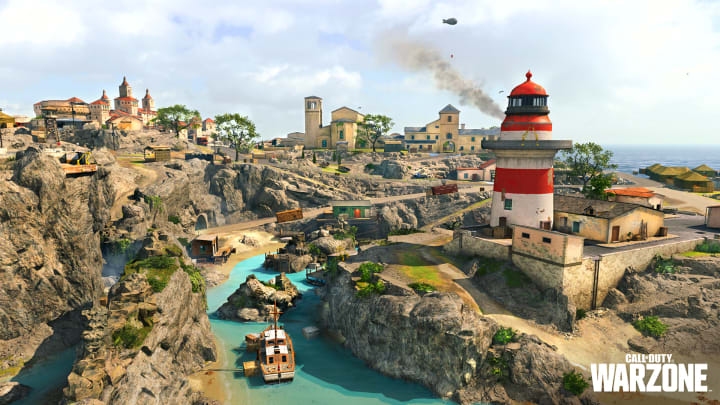How to Increase Your FPS in Call of Duty: Warzone
By Chaz Frazer

Call of Duty: Warzone on PC, of course, has long been the absolute best platform for those simply looking to maximize their performance in-game.
As those on PC can attest to, playing at a frame rate higher than 60 frames per second (FPS) is likely the greatest night and day difference competitive players can control in their gaming setups.
We’ll go over which settings are most important for maintaining a stable FPS within Warzone, while still giving you access to the most important graphical settings to maintain your advantage over the competition.
Today, we’re launching a new unified Code of Conduct for the #CallofDuty universe. Learn more about this and our Anti-Toxicity efforts: https://t.co/ADjAXFAckF
— Call of Duty (@CallofDuty) September 13, 2022
This effort is supported by three core values to promote a positive gaming experience for all 👇🧵 pic.twitter.com/k6AGY5TA3J
GPU Settings for Warzone
Of course, this will be unique to each person's setup, but your GPU should be optimized for gaming before any individual settings in-game are made. Doing so, depending on your PC or laptop, can potentially bypass the need to do anything else. Any change to in-game settings may be worthless if your GPU is running in some sort of eco mode throttling its fan speed or clocks. Whether you have an NVIDIA or AMD GPU, making sure your graphics card is running in performance mode is one of the settings you should check are optimized once the game is launched.
Additionally, turning off anything running in the background of your PC, including memory-intensive programs (e.g. web browser) can result in some help, but the effect may be minimal. In-game adjustments to graphic settings may produce the biggest return per option, and the following toggles may help you achieve the best performance for your setup. As always, experimentation is key, as every setup is different.
Lastly, for those on PC who have an NVIDIA graphics card, setting up some game filters may help to increase your visibility in-game, albeit at the cost of some frames.
Warzone Graphics Settings
Here are the best graphics settings for those looking to get the best performance possible:
Display
- Display Mode: Full Screen
- Display Monitor: Select your desired monitor
- Display adapter: Your GPU
- Screen Refresh Rate: Match your monitor's refresh rate (Make sure to have your high refresh-rate settings optimized for your GPU as well!)
- Render Resolution: 100% (Reducing will reduce your resolution below 1080p)
- Aspect Ratio: Automatic
- V-Sync: Disabled
- Custom Framerate Limit: Custom (Set Gameplay to 300 for unlimited)
- NVIDIA Highlights (NVIDIA-only): Disabled
- NVIDIA Reflex Low Latency (NVIDIA-only): Enabled + Boost
Field of View
Of course, the field of view (FOV) slider is one area where PC players are able to have a noticeable leg up on console gamers. While games like Apex Legends included this feature on console, Warzone still does not. Having a larger FOV gives you more information on-screen, at the cost of being more graphically intensive in terms of the amount of rendering needed to be done by the GPU. Test to find your sweet spot of what makes you comfortable while maintaining stability.
Details & Textures
- Streaming Quality: Low
- Texture Resolution: Low
- Texture Filter Anisotropic: Low
- Particle Quality: Low
- Bullet impacts and sprays: Disabled
- Tessellation: Disabled
- Dismemberment & Gore Effects: Disabled
- On-demand Texture Streaming: Disabled
Post Processing Effects
- Filmic Strength: 1.00
- Film Grain: 0.00
- NVIDIA DLSS (NVIDIA RTX cards-only): Quality
- Anti-Aliasing: Off
- Depth of Field: Disabled
- World Motion Blur: Disabled
- Weapon Motion Blur: Disabled
Shadow & Lighting
- Shadow Map Resolution: Low
- Cache Spot Shadows: Enabled
- Cache Sun Shadows: Enabled
- Particle Lighting: Low
- DirectX Raytracing: Disabled
- Ambient Occlusion: Disabled
- Screen Space Reflection (SSR): Disabled
For more on Call of Duty, be sure to check out our top five lists: